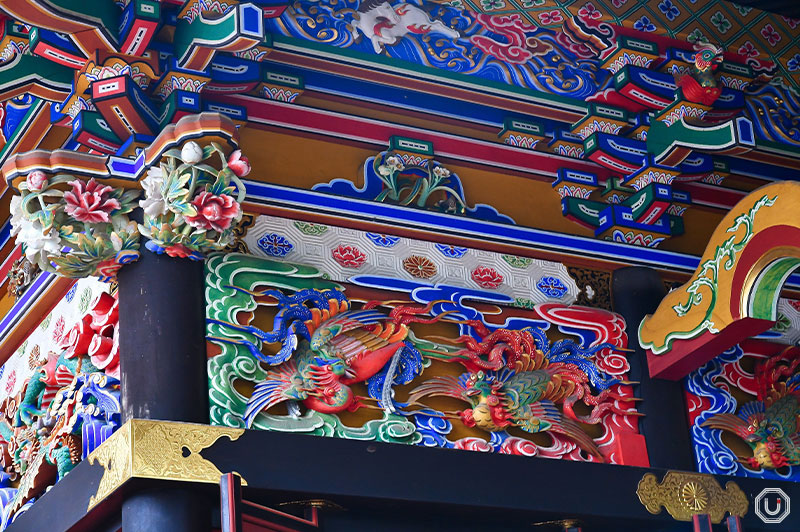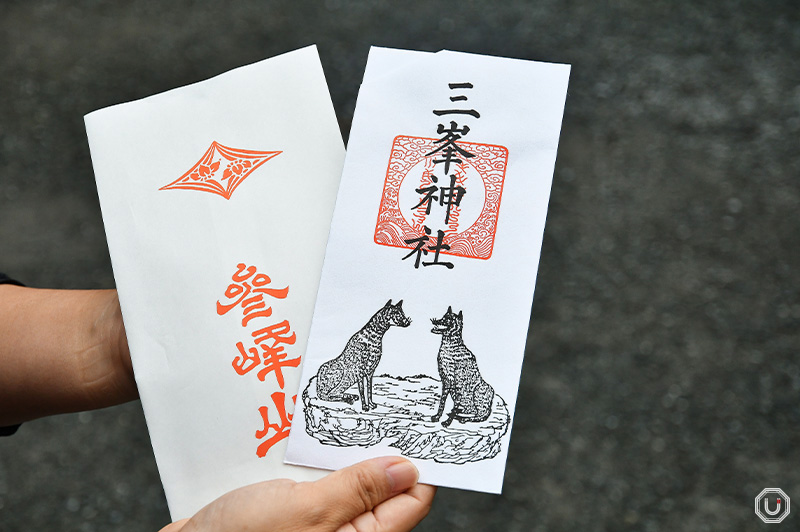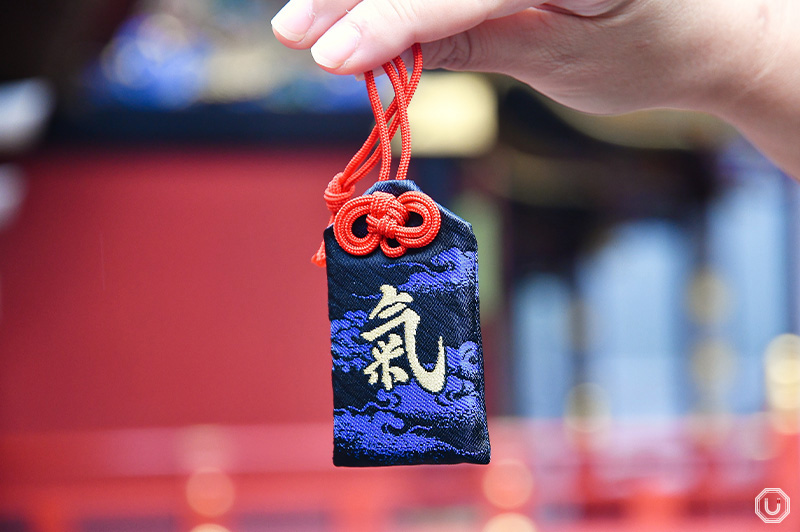Mitsumine Shrine, located in the Chichibu region of Saitama Prefecture, boasts a history spanning over 1,900 years. The shrine is set within Mount Mitsumine, a sacred site that draws many visitors annually.
At approximately 1,100 meters (3,600 feet) above sea level, the journey to Mitsumine Shrine involves some preparation—but the unique experience awaiting you is well worth the effort.
Feel the thrill of a light mountain hike as you visit Mitsumine Shrine!
If you’re traveling to Mitsumine Shrine by public transportation, taking a bus from Seibu-Chichibu Station is the most convenient option. After about a 70-minute bus ride, you’ll arrive at the parking area. From there, it’s a 14-minute uphill walk along the shrine’s approach.
At the entrance to the approach leading to the worship hall stands the unusual “Mitsu Torii” gate.

torii gate
It has a distinctive design featuring a central large torii flanked by two smaller ones, leaving a strong impression. After a respectful bow in front of it, step into the serene shrine grounds.

The shrine is nestled within the mountains. The weather here can change quickly, and the higher elevation keeps temperatures cooler. Be sure to wear sturdy shoes and bring rain gear along with a jacket for adjusting to the chill.
Many stone monuments along the approach have been donated by devotees of Mitsumine Shrine. These were often contributions from kō (pilgrim groups), a practice popular since the Edo period and still alive today.
Each monument is engraved with the name of the pilgrim group that made the donation, reflecting a deep sense of community and faith.

After walking for a while, you’ll arrive at the Zuishinmon Gate, a designated cultural property of Saitama Prefecture, originally built in 1691 and reconstructed in 1792.

“隨神門,” Zuishinmon Gate
Passing through this gate, you’ll continue along a pathway lined with towering ancient trees, their impressive presence hinting at the shrine’s long history. A walk through this forest alone is a soothing experience, bringing peace to the heart.

Climb the final set of stairs and you’ll finally reach the main hall! Flanked by two massive sacred cedar trees, it’s an impressive sight to behold.

main worship hall
Before entering the shrine, cleanse your hands and mouth at the purification water basin, known as temizuya or chōzuya (literally “hand water station”). This structure, built in 1852, is adorned with vibrant carvings and intricate decorations.

temizuya
The main hall dates back to the early Edo period. Featuring exquisite lacquer finishes and vividly colored carvings, it’s truly a beautiful building.

Begin your prayers at the worship hall with the traditional ritual of one bow-two claps-one bow. First, bow twice, then clap your hands twice, and finally bring your hands together and bow quietly.

An intriguing feature of the worship hall is the “Dragon Eye.” In 2012, a dragon-like shape mysteriously appeared on the stone pavement to the left of the hall. Coincidentally, this happened during the Year of the Dragon, making it a popular topic and spiritual symbol.

Dragon Eye
After paying your respects, head towards the sacred trees. These two towering cedar trees, flanking the worship hall as if to guard over it, are estimated to be around 800 years old.
Take three deep breaths upon reaching the sacred tree platform, then quietly pay your respects. It’s also recommended to hold your hands out near the trees to absorb their positive energy.

sacred trees
Mitsumine Shrine also features an unusual wooden lantern called the Yatsumune Tōrō. Crafted in 1857, its elaborate carvings are a testament to exceptional craftsmanship. Take time to admire its artistry up close.

“八棟灯籠,” Yatsumune Toro
At Mitsumine Shrine, the wolf is revered as a divine messenger. In mountain villages of Japan, wolves were believed to protect crops by warding off harmful animals such as boars and deer. In towns and villages, they were thought to safeguard against fires and thieves, making them symbols of divine protection.
This belief gained significant traction during the Edo period, a time when fires were frequent, further increasing the faith in Mitsumine Shrine, which enshrines the wolf as a divine envoy.
The shrine also offers ofuda (talismans made of paper, wood or cloth and considered to be imbued with the power of the deities)—called mieifuda at Mitsumine Shrine—featuring wolf imagery. They are highly popular among visitors.

“御影札,” Mieifuda 500 JPY
But that’s not all. Their goshuin (special seals obtained at Japanese shrines and temples as proof of pilgrimage) also feature wolves! The seal is printed with the word tōhai (“ascent and worship”), a special term only seen in goshuin at mountain-top shrines like this one.

goshuin 500 JPY
The shrine’s omamori (amulets available at Japanese shrines and temples and granting good luck or protection) are also a popular item. Known as the “Ki no Omamori” (ki being spiritual energy), they’re said to imbue wearers with yūki (courage), yaruki (motivation), and genki (vitality). They contain a piece of one of the shrine’s sacred cedar trees, allowing you to carry their energy wherever you go.

“氣の御守,” Ki no Omamori 500 JPY
If time allows, walk five minutes from the main hall to the auxiliary Okariya Shrine, which also enshrines the wolf. This site is believed to offer blessings of protection from misfortune, theft, and fire.

“御仮屋神社,” Okariya Shrine
Mitsumine Shrine offers a completely different mood than shrines located in cities. Surrounded by nature, visitors often feel rejuvenated simply by being there.
Though getting to the shrine requires effort, it’s an unforgettable experience. Consider making the journey!
Shrine Information
| Name | 三峯神社 Mitsumine Shrine |
|---|---|
| Address | 298-1 Mitsumine, Chichibu City, Saitama Prefecture
|
| Access |
(Bus stop) Mitsumine-jinja 14-minute walk from the stop
|
| Phone number | 0494-55-0241 |
| Visiting Hours | Sunrise to sunset |
| Sacred Items | 9:00-17:00 |
| Goshuin | 9:00-17:00 |
| Omikuji | 9:00-17:00 |
| Admission fee | Free |
| Official website | https://www.mitsuminejinja.or.jp/ |
| Other information |
|
※The information in this article is current as of November 2024.















